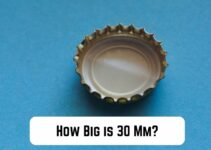100 ml is a volume measurement commonly used for liquids like beverages, medicines, or cosmetic products.
While also quenching your curiosity for measurements, understanding this volume can help you in everyday life. For instance, when taking medication or administering liquid substances or when you want to ensure efficiency in recipes that specify ingredients in milliliters.
Furthermore, if you are air traveling and want to carry liquids, your containers should hold only 100 ml at maximum. So, understanding how it looks ensures compliance with security regulations.
This post explores 14 comparisons to help you visualize and measure 100 ml using familiar items you can find at home.
Read: How Much is 10 Liters? 15 Common Comparisons (+Pics)
Read on to find out what suits your needs and interests best.
14 Common Comparisons For 100 Milliliters
1. 6 & ½ Tablespoons

Tablespoons are a standard kitchen utensil found in most households, making them a convenient and practical unit of measurement for volumes at home.
A tablespoon holds 15 ml.
So, you can compare 100 ml to six and a half tablespoons as they are close to this mark at 98 ml.
2. 20 Teaspoons
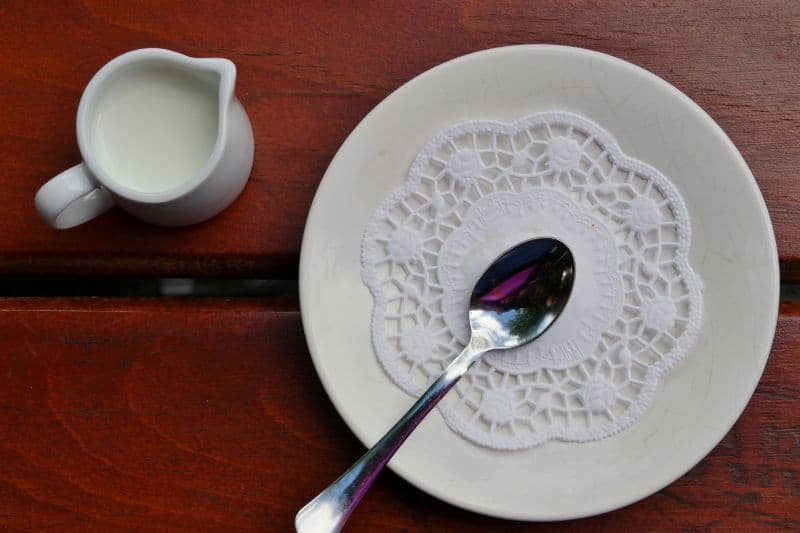
Similar to tablespoons, you can leverage the prevalence of teaspoons in kitchens to understand and measure different small measurements.
But with these, you need as many as 20 to reach 100 ml since each teaspoon holds only 5 ml.
3. 3 & ½ Coffee Scoops

Coffee scoops are a handy accessory for those who enjoy making coffee at home.
They come in various sizes, but most hold about two tablespoons or 30 ml.
Therefore, three and a half coffee scoops will bring you closer to 100 ml.
4. A Standard Measuring Cup Minus Four Teaspoons

Another way to understand how 100 ml looks is by using a measuring cup, which is also a must-have household item in many kitchens.
Although measuring cups are available in different sizes, in most households, you’ll often find the 1 cup that usually holds 240 ml.
If you half-fill this cup, you’d have 120 milliliters. Now remove four teaspoons (which we know have a combined volume of 20 ml) out of it. The remaining liquid is what you’re looking for.
5. A ⅕ 500-ml Bottle
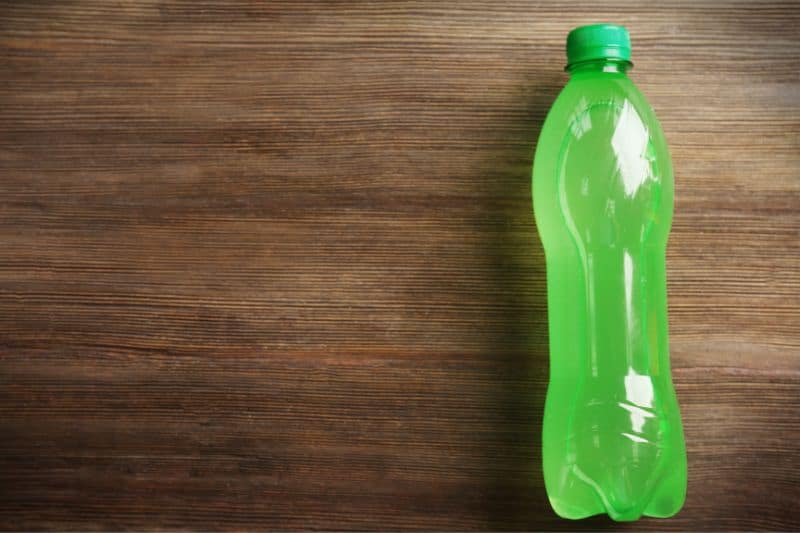
Although other water bottle sizes, including 330 ml and 750 ml, are available, the 500 ml option is the most common as it’s the most convenient for on-the-go consumption. It fits nicely in bags, backpacks, and cup holders.
With this bottle, fill and divide it into five equal portions. Each will be precisely 100 ml.
Another popular size is the 1-liter bottle. With this, you’d need to divide it into ten equal portions to realize a similar volume.
6. A ⅓ Beverage Can Minus Four Teaspoons
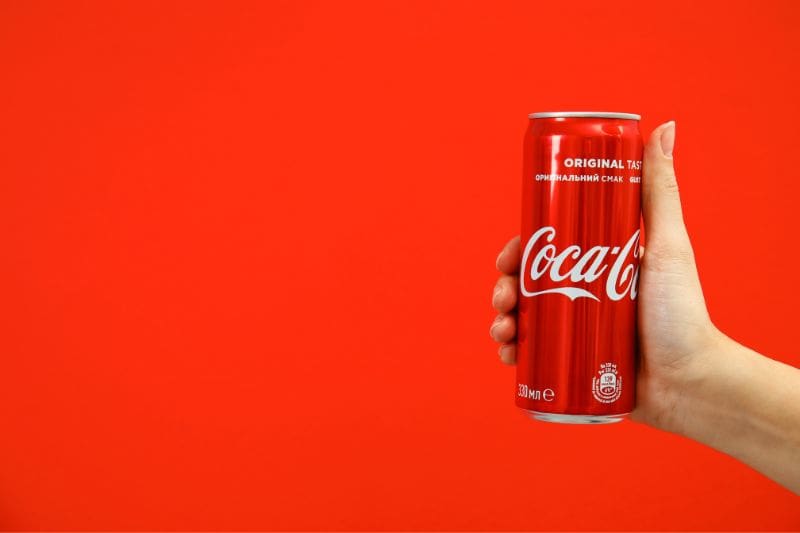
Standard beverage cans, usually with a volume of 12 ounces or approximately 355 milliliters, are also widely prevalent in households.
When you fill this can up to three-thirds of this, it means you have 118 milliliters.
And when you remove four teaspoons or one tablespoon out of it? You remain with reliable reference for 100 ml.
7. A 1/9 Quart Milk Container

Quart milk containers are a standard for milk packaging, offering a practical volume for various uses without being too bulky.
These containers typically hold 32 fluid ounces or approximately 946 milliliters.
So, fill one with any liquid and divide its contents into nine equal portions. Each will be 105 milliliters, close enough to the measurement you’re after.
Meanwhile, if you have a pint-sized milk container, fill and divide it into five equal portions to get a sense of 100 ml, as they are smaller than quart-sized containers, holding about 473 milliliters.
8. A ¼ Can of Evaporated Milk

Cans of evaporated milk usually come in standardized sizes, with the most common measuring 12 ounces and 14 ounces. These provide enough quantity for many recipes while still being manageable for storage and usage in the kitchen.
A quarter of the 14 oz can is approximately 100 ml, while with a similar amount of the other can, you’d need to add about a tablespoon to reach the same volume.
9. A ⅓ Standard Peardrax Bottle

Peardrax is a popular beverage, especially in the Caribbean and some parts of Africa, known for its distinctive pear and refreshing taste.
It is available in various bottle sizes, but the most common is the 300 ml bottle.
A third of this bottle is, thus, a perfect reference for 100 ml.
10. A 1/9 Measuring Jug
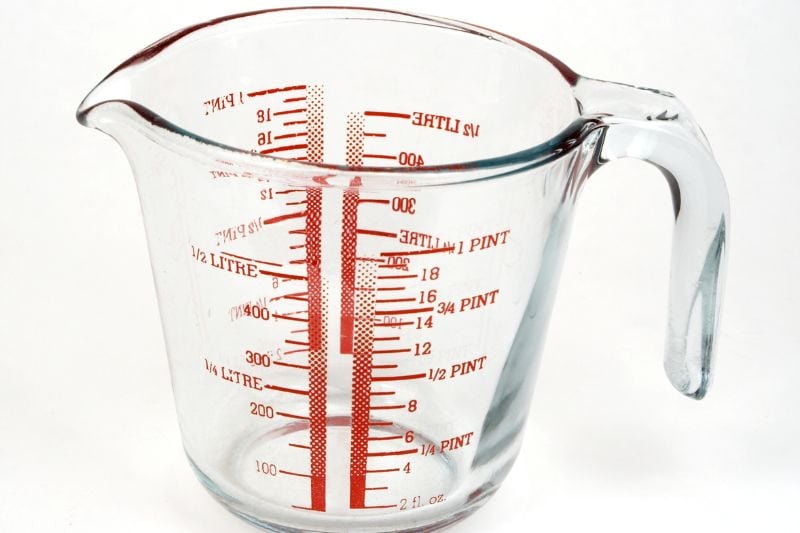
Measuring jugs are indispensable household items for recipes that require specific quantities.
They are available in all sizes, and the good news is each usually has markings on the side, providing flexibility for various measurement requirements in cooking and baking.
The most common in many households is the 2-cup measuring jug. It holds 946 milliliters, meaning if you fill and divide it into nine equal portions, each will be approximately 105 milliliters, close to the volume in question.
And if you have a 1-cup jug, which is half the 2-cup jug, 100 ml is about a fifth of its contents.
11. A 1/9 Mason Jar

Mason jars are versatile glass containers with a threaded neck, metal ring, and a sealing lid. Initially used for preserving food through canning, nowadays, they have other purposes, like storing jams, pickles, sauces, and dry goods.
Similarly to measuring jugs, mason jars are available in different sizes, with the most common being the 32-oz option, holding 946 milliliters. That is suitable for canning fruits, pickles, and larger quantities of sauces.
With this jar, you need a ninth portion to understand how much 100 ml is.
And if you have the smaller version used for jams, jellies, and sauces, 100 ml is a fifth of its volume.
12. 2 & 1/2 A Shot Glass
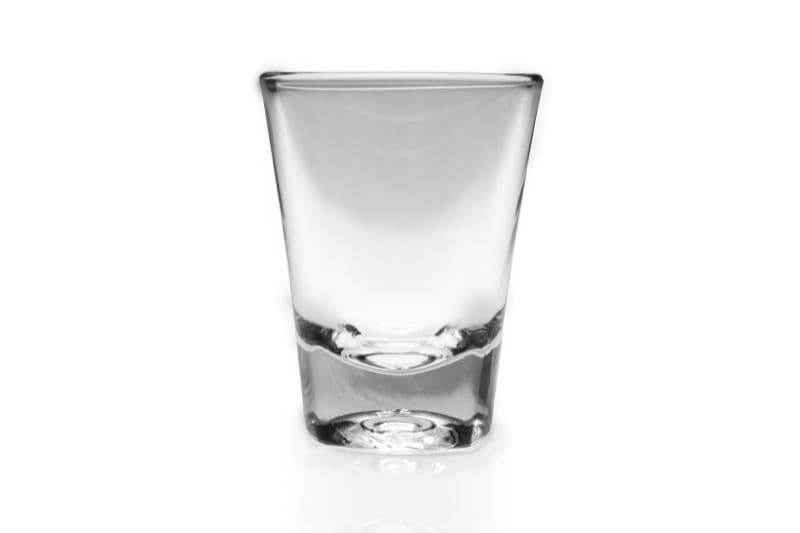
A shot glass is a petit, cylindrical glass with a thick base and a wide opening at the top used to serve small portions of liquor or beverages at home.
Although shot glasses are available in different sizes, the most common holds about 44 milliliters.
That means two and a half shot glasses are 110 ml. So, you can view 100 ml as a little less than this amount.
13. A 1/8 Standard Wine Bottle

Standard wine bottles typically hold 750 milliliters of liquid. These are the most common in households where wine is a regular part of their meals.
If you can get this standard wine bottle, fill and divide it into eight equal portions. Each will be approximately 100 ml.
Read: How Big is 20 Mm? 16 Common Comparisons (+Pics)
14. A ⅓ Picnic Can

Picnic cans are convenient for outdoor activities like picnics due to their portability and easy disposal.
They usually hold 0.3 liters or 300 ml.
Thus, you can compare 100 ml to a third of a picnic can.







